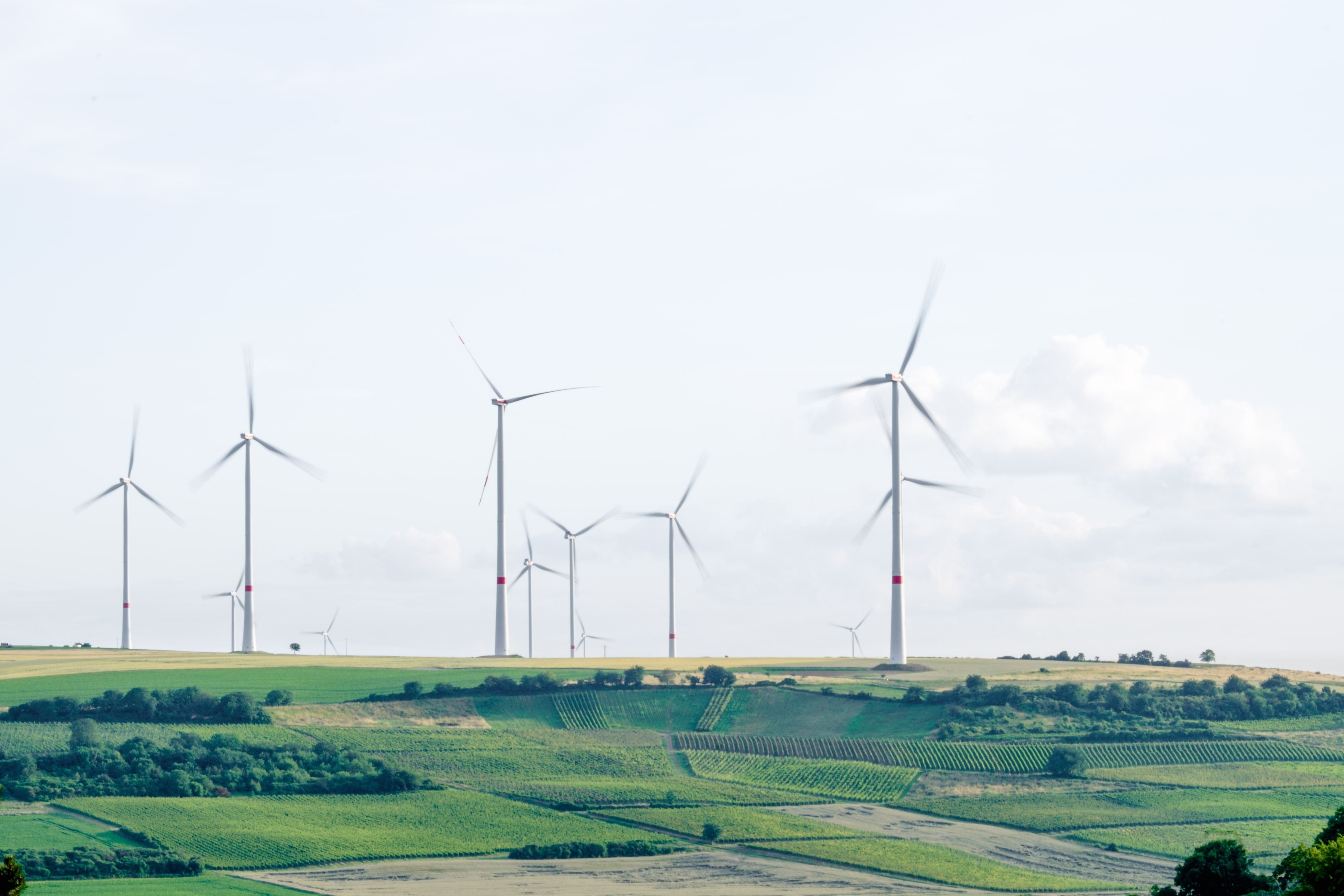Europe is beating its renewable energy targets. Which countries are leading the charge?
- Almost a quarter of the EU’s electricity came from renewable sources in 2020.
- This beat the bloc’s self-imposed targets and outperformed other leading nations.
- The EU says this is an important milestone on the region’s journey to net-zero emissions.
The European Union has passed another milestone in the race towards a zero-carbon future, with official statistics showing the continent beat its targets for the use of renewable energy in 2020.
The 27 EU member states sourced an average of 22% of their energy from renewables – two percentage points ahead of the goal that the bloc set itself in 2009.
“This is a major achievement and an important milestone in the EU’s path towards climate neutrality by 2050,” an EU spokesperson says.
The official EU definition of renewable sources includes hydropower, wind, solar, geothermal energy and air heat pumps. Power generated by burning biomass, biogas, liquid biofuels and municipal waste also counts.
The European renewable energy league table is headed by two non-EU members. Iceland and and Norway – both of which are members of the wider European Economic Area (EEA) – generated a respective 83.7% and 77.4% of their power using renewables in 2020. Sweden had the highest share of renewables of any EU member state, at 60%.
Sweden and Croatia (31%) both exceeded their EU-set targets by 11 percentage points, while Bulgaria (23.3%) beat its goal by seven percentage points.
The targets take into account each nation’s starting point on the route to net zero, as well as its potential to use renewables.
Renewable energy targets achieved
The EU nations that generated more than a third of their electricity from renewables were Sweden, Finland (44%), Latvia (42%) Austria (36.5%) and Portugal (34%). In all, 26 EU member states met or exceeded their targets.
Sweden also topped the World Economic Forum’s Energy Transition Index 2021, which tracks the progress of nations towards a zero-carbon future. Norway was placed second and Denmark third, while the top five were all European countries.
The EU members with the lowest renewables share in their energy mix were Malta at 10.7% and Luxembourg with 11.7%, but both still achieved their targets. Only France missed its goal – it generated 19.1% of its energy from renewables. However, more than 70% of France’s energy needs were still met by a low-carbon fuel in 2020 – nuclear power.
The UK, which left the EU on 31 January 2020 and is not included in the data, sourced 42% of its energy from renewables in 2020, while in the United States, renewables accounted for 19.8% of that year’s electricity generation, according to US government data.
China, which is the world leader in wind power with 342 gigawatts of capacity, generated 14% of its electricity from renewables in 2020, according to the International Energy Agency (IEA). Beijing aims for 80% of its energy to come from non-fossil fuel sources by 2060.
Have you read?
Globally, renewables accounted for 27% of electricity generation in 2020, according to the IEA. The agency forecasts this share rising to 33% by 2025, meaning renewables would surpass coal as the world’s largest electricity source for the first time.
"Renewable power is defying the difficulties caused by the pandemic, showing robust growth while other fuels struggle,” IEA Executive Director Fatih Birol says. But the IEA still warns that more needs to be done to accelerate the role of renewables if we are to achieve net zero by 2050.







沒有留言:
張貼留言